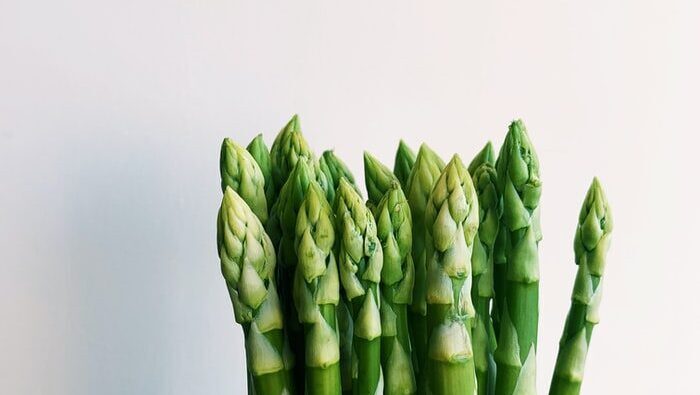3 min read
Written by Kim Bretz

We live in a community where people talk a lot about eating sustainably, supporting our farms and other wholesome earth-friendly terms. But how well are we doing when it comes to our meat? A lot of us only eat certain cuts of meat from an animal. This is particulary true with the skinless, boneless chicken breast.
In my world, this cut of meat became more popular in the 1980s when we were told that fat was bad. So the eggs went, and the shellfish, and a lot of meat in general. And the skinless chicken breast took over, reigning as the health food of the nation — nice lean meat containing lots of protein.
But its reign may be over. In the USA, sales of white meat have been declining, making way for the increased sales of thighs and legs. Where grocers and poultry producers had trouble keeping up with breast sales, they’re now struggling to keep up with the demand for dark meat. Several factors are a responsible for this change, including price, high viewership of TV cooking shows touting the flavour of dark meat, and immigrant populations who are more familiar with using the whole bird rather than one single piece of the bird.
And these may be very important points. In addition, our all-consuming desire for low fat meat hasn’t seemed to have helped with our health. A 3 ounce serving of white meat has around 94 calories and 1 gram of fat and dark meat has 107 calories and 3.4 grams of fat. Not a huge difference. Especially if your white meat is dry and has less flavour…so you add gravy, sauces and fat to up the taste. We also know that dark meat is higher in nutrients such as zinc and iron.
The main difference in colour between whtie and dark meat comes from the type of activity done by certain muscle groups. Active muscles — like the legs of birds and the breast of game birds that fly — have a lot of myoglobin. This red-purple protein helps deliver oxygen to these tissues. Factory-bred chickens, which have noopportunity to flap their wings, have less of this protein in their breast and therefore, have a lighter colour to their meat.
In many cases, by focussing on the boneless, skinless chicken breast we are supporting an unhealthy environment for the birds who aren’t able to have much movement. This isn’t helping our health either and it keeps us quite distanced from the food we are eating — we don’t want to see bones or skin.
Interestingly, now that tastes are changing towards the more flavourful dark meat, discussions are starting on what we can do genetically to support our changing desires and ‘remake the chicken’. Personally, I hope we learn to focus on using the whole bird rather than eating only certain parts.
